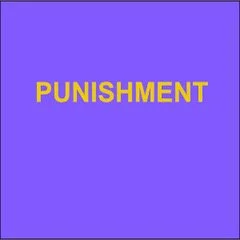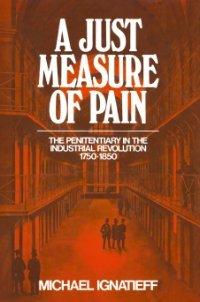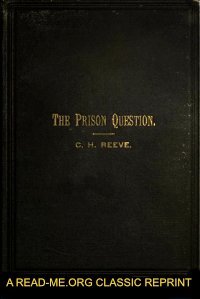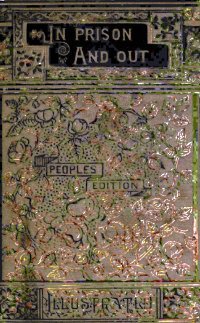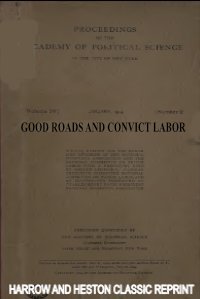By Michael Ignatieff.
"A Just Measure of Pain" describes the moment in 18th century England when the modern penitentiary and its ambiguous legacy were born. In depicting how the whip, the brand and the gallows - public punishments once meant to cow the unruly poor into passivity - came to be replaced by the "moral management" of the prison and the notion that the criminal poor should be involved in their own rehabilitation. Michael Ignatieff documents the rise of a new conception of class relations and with it a new philosophy of punishment, one directed not at the body but at the mind. "A Just Measure of Pain" is a highly atmospheric and compellingly written work of social history, which has already become a classic study of its subject.
New York: Pantheon Books, 1978. 257p.

